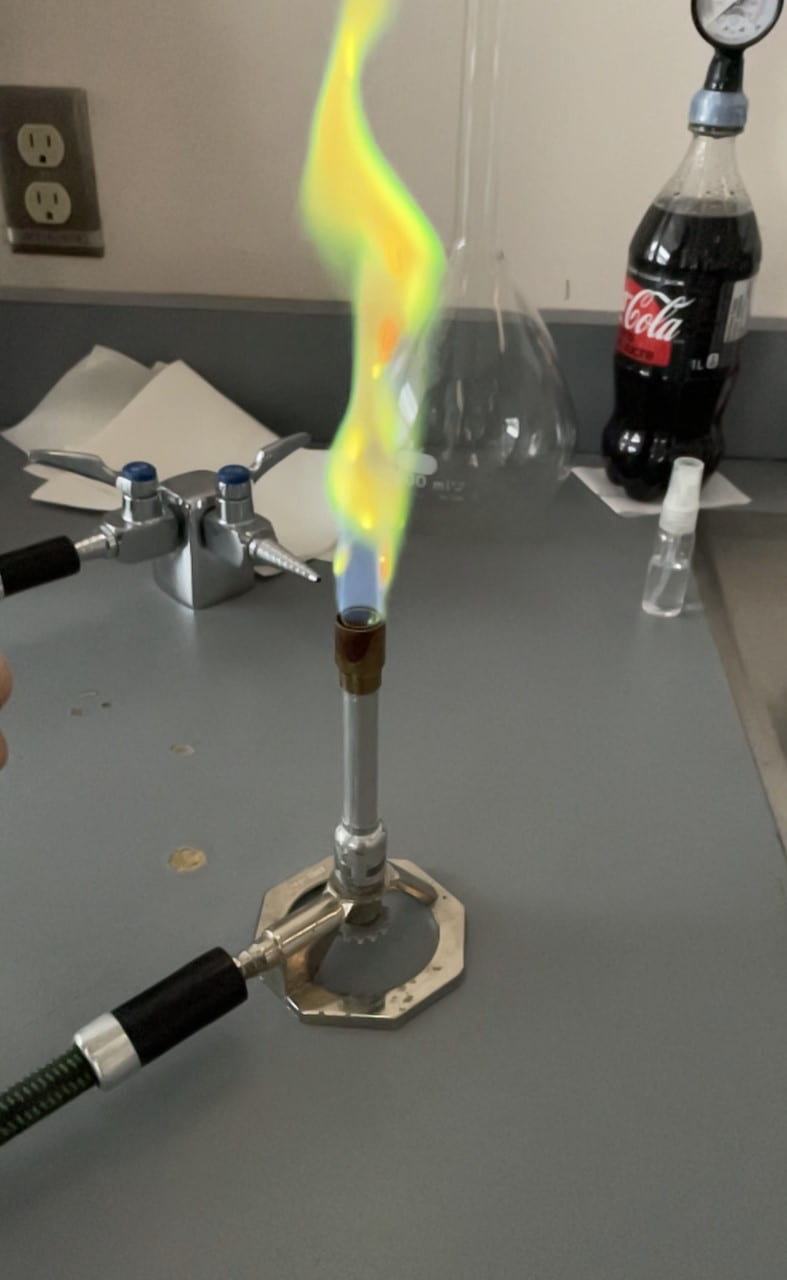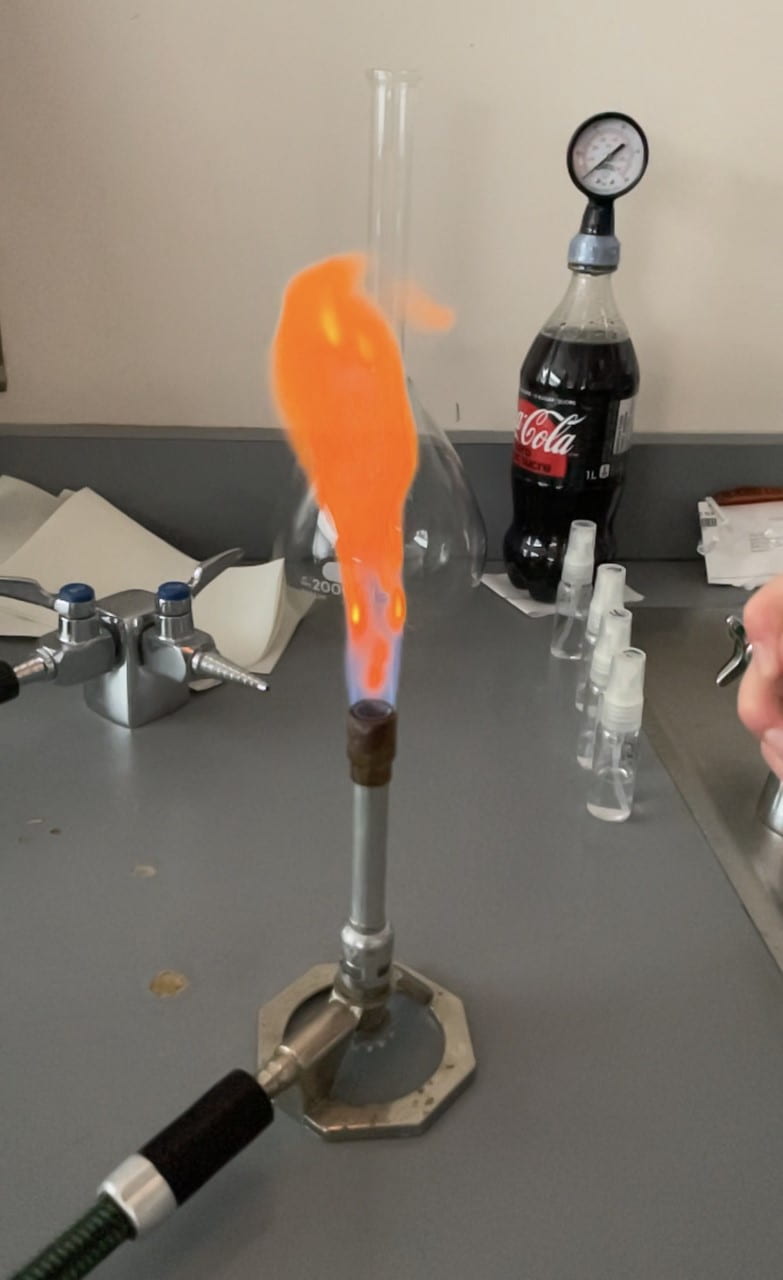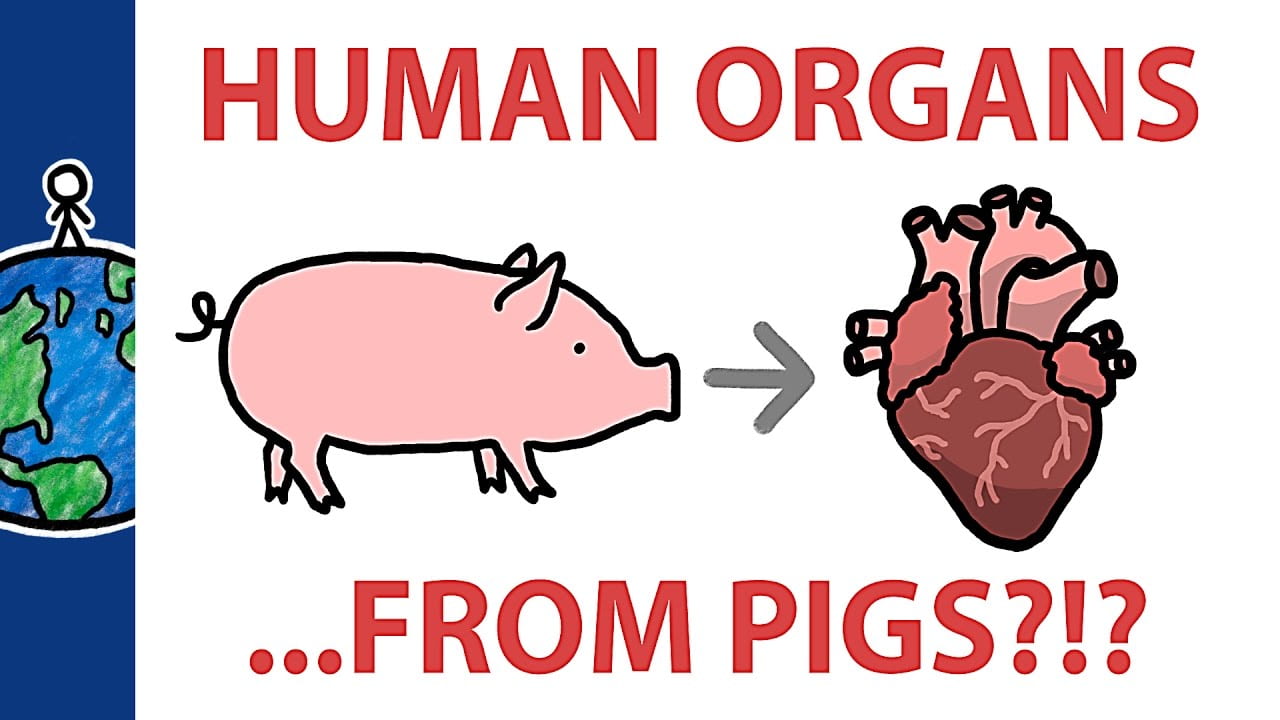Tag Archives: #communicationcc
Flame Test
Lithium Nitrate:


Copper (II) Nitrate:


Potassium Nitrate:


Strontium Nitrate:


Zinc Nitrate:


Calcium Nitrate:


Flame Test Exploration:

Core Competency:
Introductory Spanish 11 Core Competency
Math 10 Core Competency
Genetic Engineering
What is Genetic Engineering?
“Genetic engineering refers to the direct manipulation of DNA to alter an organism’s characteristics (phenotype) in a particular way.” (Your Genome). Sometimes called a genetic modification. Genetic engineering alters the DNA in an organism’s genome. “This may mean changing one base pair. (A-T or C-G), deleting a whole region of DNA, or introducing an additional copy of a gene” (Your Genome). It’s used to enhance the characteristics of an individual organism and can be used in any organism.
What is the Genetic Engineering process?
One example of the genetic engineering process is the genetically modified insulin called humulin. To produce the insulin, there is an eight-step process.
1. “A small piece of circular DNA called a plasmid is extracted from the bacteria or yeast cell.” (Your Genome)
2. “A small section is then cut out of the circular plasmid by restriction enzymes called molecular scissors.” (Your Genome)
3. “The gene for human insulin is inserted into the gap in the plasmid. This plasmid is now genetically modified.” (Your Genome)
4. “The genetically modified plasmid is introduced into a new bacteria or yeast cell.” (Your Genome)
5. “This cell then divides rapidly and starts making insulin.” (Your Genome)
6. “To create large amounts of cells, the genetically modified bacteria or yeast are grown in large fermentation vessels that contain all the nutrients they need. The more the cells divide, the more insulin is produced.” (Your Genome)
7. “When fermentation is complete, the mixture is filtered to release the insulin.” (Your Genome)
8. “The insulin is then purified and packaged into bottles and insulin pens for distribution to patients with diabetes.”(Your Genome)
What is CRISPR?
CRISPR stands for clustered regularly interspaced short palindromic repeats. CRISPR is a technology that can edit genes. CRISPR is used to find a specific bit of DNA inside a cell. Once it finds the DNA, it edits the gene to alter the piece of DNA. Scientists have made CRISPR more precise. “Scientists announced they had harnessed the power of CRISPR to edit not just DNA, but RNA, too.” (Brown).
How is Genetic Engineering best used?
The best uses of genetic engineering are through medicine, research, and agriculture.
In medicine, genetic engineering helps create vaccines and mass-produce insulin and many other drugs. For example, “The banana vaccine – Bananas were developed through a genetic modification that offers a vaccine against diseases such as cholera and hepatitis.” (Your Dictionary). The banana vaccine allows people who need an injection to get one without a needle. To get the antibodies they need to fight diseases, they instead only need to eat a banana.
In research, genetic engineering helps scientists learn about different diseases and how they can use CRISPR to fix them. For example, “A seven-year-old boy was afflicted with a rare disease called junctional epidermolysis bullosa. Researchers took healthy skin cells from the patient, genetically modified them, and then grafted them back onto the boy. Over 21 months, about 80 percent of his skin regenerated.” (Brown).
In agriculture, genetic engineering is creating healthier food sources. One of these food sources includes foods that contain vitamins you would not expect. For example, “Golden rice, which contains beta-carotene – the very same vitamin that makes carrots orange. The result is that people without access to many vitamins will get a healthy dose of vitamin A when the rice is consumed.” (Your Dictionary). Golden rice will help people who eat big rice-based diets to receive enough vitamins to keep their immune systems healthy.
What are some of Genetic Engineering’s greatest advancements?
“Insecticide corn – Instead of spraying insecticide on plants, why not genetically engineer crops that kill pests on their own? Corn was developed through genetic engineering to produce a poison that kills insects.” (Your Dictionary). Insecticide corn will help farmers keep more crops alive. However, one drawback is that it’s harmful to other insects like butterflies.
In animals, genetic engineering is being used to “develop sheep that produce a therapeutic protein in their milk that can be used to treat cystic fibrosis.” (Your Genome). Having sheep that produce a therapeutic protein in their milk will benefit hospitals and patients who require the proteins produced. Hopefully, this will also increase the stock and availability, allowing people to store more of it and get it quicker.
In plants, genetic engineering has been applied to “improve the resilience, nutritional value and growth rate of crops such as potatoes, tomatoes, and rice.” (Your Genome). An increased growth rate in vegetables will allow farmers to produce and grow more vegetables. However, a drawback to this is growth will have to be regulated because if too many vegetables are produced, supply will increase, but demand will drop. Therefore, making the vegetables cheap and may even cause farmers to lose money.
How is Genetic Engineering changing the future?
“DNA errors that are at the root of nearly 7,000 diseases — and we can use CRISPR to fix them. The technology acts like a spell-checker, locating a specific DNA sequence, removing, and replacing it.” (Duggan). CRISPR gives scientists the ability to fix diseases and stop them from happening. CRISPR and genetic engineering can shape the future and even create a disease-free world.
A couple of ways genetic engineering is changing the future are designer babies and growing new human organs in pigs.
Fertility specialist John Zhang “is at the cusp of human engineering” (Duggan). His method is to use the DNA of three adults and create a three-parent baby. “This method has the potential to produce a child who might otherwise suffer from a hereditary disease carried by one parent.” (Duggan). John Zhang’s research would ensure parents that they would not have to worry about their babies inheriting their hereditary diseases. With this research, there will be parents saying, “since we’ve invested this much money in making sure our child doesn’t have a higher risk of breast cancer, let’s also choose, hair color, skin color, eye color.” (Duggan). Zhang’s research allows parents to “build” or “customize” their baby and how they want them to look. Although people might think that you should let nature take its course and not mess with stuff like how the baby looks. I believe that many parents will not pay to “build” their baby. Either due to lack of funds or as mentioned above, will want nature to take its course. Zhang believes parents will use this “I think the public will utilize the designer baby technology.” (Duggan).
Pablo Ross, a biologist from the University of California, “Is placing human cells into pig and sheep embryos and hopes to combine the DNA of two species to create an almost endless supply of replacement organs for humans.” (Duggan). The research of Pablo Ross is hopefully going to be life-saving in the future. If he can get this idea to work, it will save many lives and be great for hospitals and patients. When patients are looking for organ donors, they need to find a perfect match. If Ross can make pig organs compatible in humans, it will open more options for patients in need of organs. “Pigs that nowadays are being grown to provide meat and bacon for breakfast… could also provide life-saving organs.” (Duggan)
With new technology and scientists constantly improving CRISPR, genetic engineering will become a life-saving technology for many. If it’s in food to supply people with more vitamins or pig organs being compatible in humans. Everyone will benefit, hopefully in a positive way, from genetic engineering.
Bibliography
Brown, Kristen V. The Most Life-Changing Breakthroughs in Genetics of 2017. 20 December 2017. Web. 19 February 2021.
Duggan, Graham. The future is here: three ways gene editing could change the world. n.d. Web. 19 February 2021.
Lumen learning. Genetic Engineering Products. n.d. Web. 23 February 2021.
Your Dictionary. Examples of Genetic Engineering: Success Stories and Origins. n.d. Web. 19 February 2021.
Your Genome. What is genetic engineering? n.d. Web. 19 February 2021.
Literary Studies 10 Core Competency
CLE 10 Core Competency
PE 9 Core Competency
 Loading...
Loading...
English 9 Core Competency
 Loading...
Loading...
Socials 9 – Core Competencies
